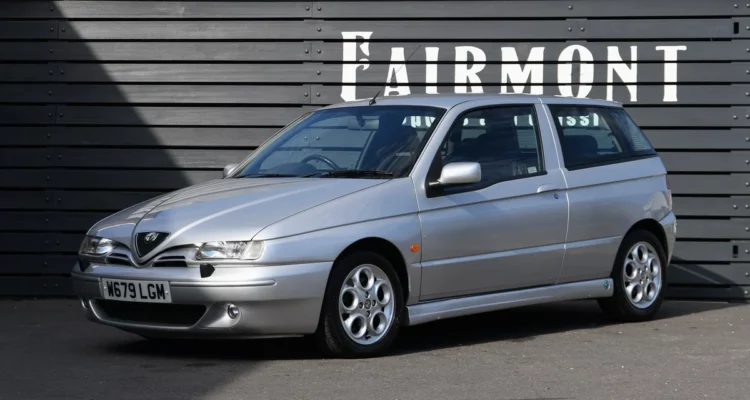The Rover P6 – The Time is Now
Classic cars should be, first and foremost, bought for enjoyment. That said, there’s nothing wrong with making that enjoyment pay for itself. With that in mind, we’ve had look at the numbers and come up with this series of cars that should, hopefully, earn you a few quid as well as plenty of smiles per mile. First up? The Rover P6.
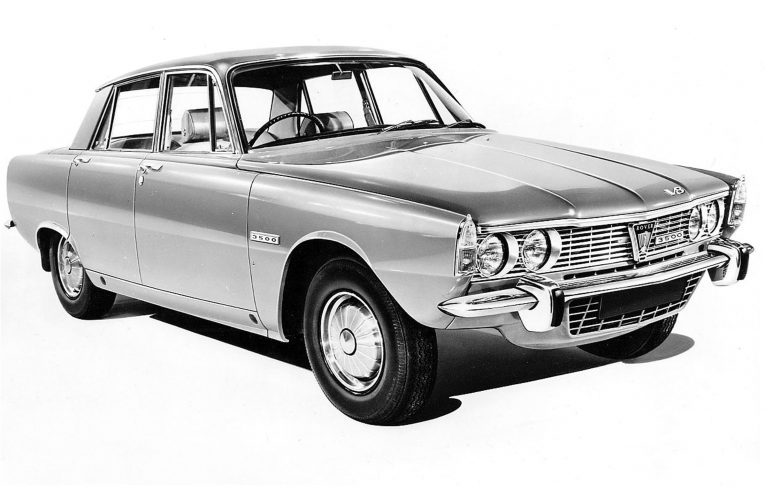
As we’re sure you know by now, Car & Classic is part of the Cazana family. What Cazana does is aggregate and sort through rich and diverse information about cars. For Cazana, it means it become a favourite source of information for the automotive industry and car owners alike. That’s all very good. But why are we talking about that here? Well, within all that information nestles a great deal of classic car-based content. We can see over a decade’s worth of information about how many and when certain models were for sale. We can also see how much they were. This is good, as it gives us the inside line on identifying trends and where the market might go.
That’s why we’ve put this series of cars together, starting with the mighty Rover P6. As we said, classic car ownership should always be about the enjoyment first and foremost. However, there’s no escaping the fact that classic cars can be a lucrative pastime, too. Each car we feature can be bought for well under £5,000 though. So, buy, enjoy, do a bit of upkeep and improvement and when the time comes to move up in the classic car world, you should hopefully be set!
An introduction to the Rover P6
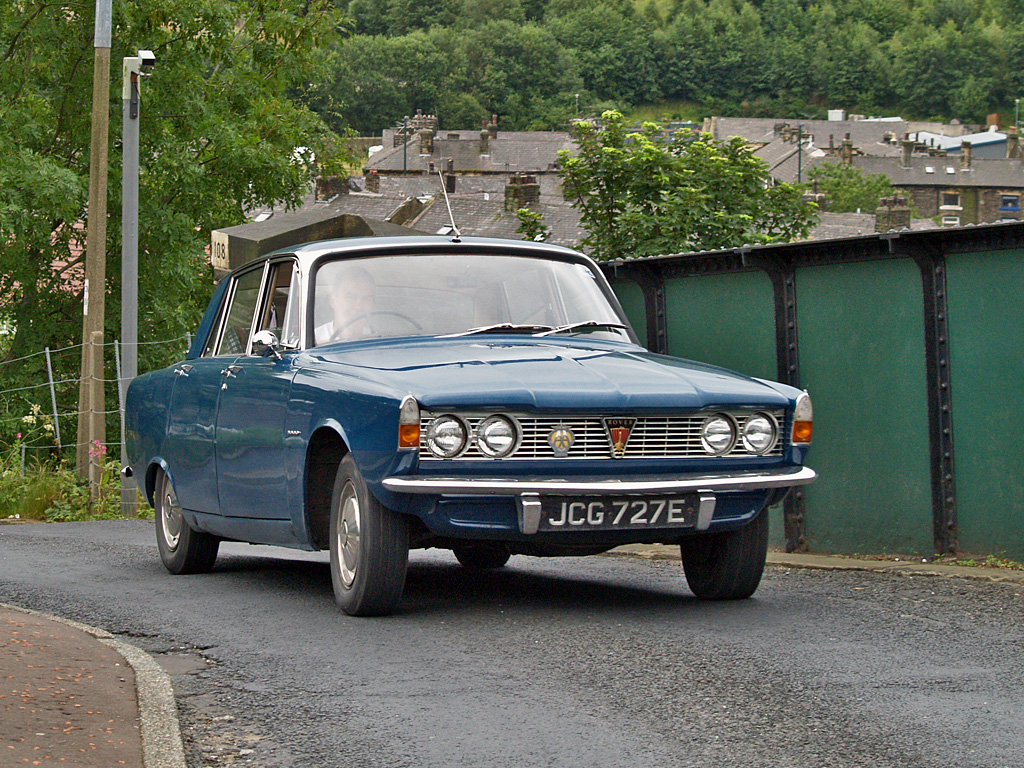
Announced during October 1963, the Rover P6 was a bold new take on the conventional car. Prior to this, Rover’s large saloon offered was the P4 – a cumbersome, slow, ungainly behemoth of a car. It was fine for its time, but it wasn’t exactly what you’d call revolutionary. There was the P5, of course, that but was to the P4 what the 7 Series is to a 5 Series. It was a move up the model range, not an alternative to the P4. The P6 was the all-new car Rover would replace the P4 with, and it had big ideas.
During the early 1960s, Rover spotted a potential opening in the market. What it observed was the gap between the traditional family saloon and the big, executive saloon. Cars went to 1.5-litres, then jumped up to bigger cars with 3.0-litres in most brochures. There was no middle ground for the buyer who wanted a nice mix of family practicality whilst still being a bit, well, posh.
That’s where Rover pitched the P6. The first cars came 2.0 in capacity and with it, served as the perfect bridge in the range. It was the automotive equivalent of Goldilocks’ porridge – it wasn’t too small, it wasn’t too big, it was just right.
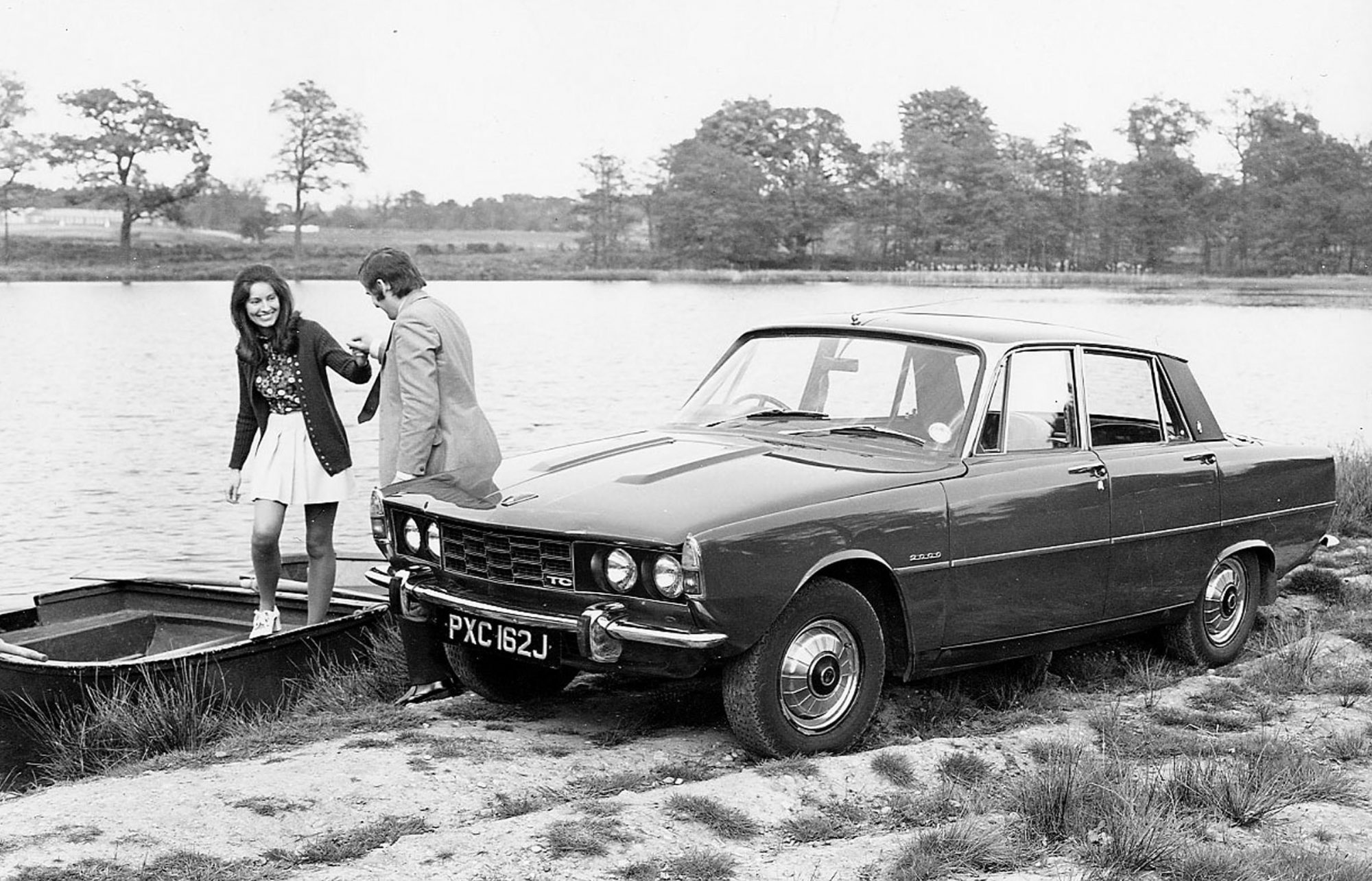
Interestingly, the P6 was originally penned to have a much more revolutionary means of propulsion. Instead of the traditional internal combustion engine, brave Rover engineers suggested they use a gas turbine engine! And this wasn’t a flash-in-the-pan notion. The car was very nearly built this way. Evidence of this can be seen in areas such as the front suspension, which features an unusual bell crank strut design with a horizontally-mounted spring. This was to maximise the space in the engine bay for the jet turbine. The green car below is what it would have looked like.
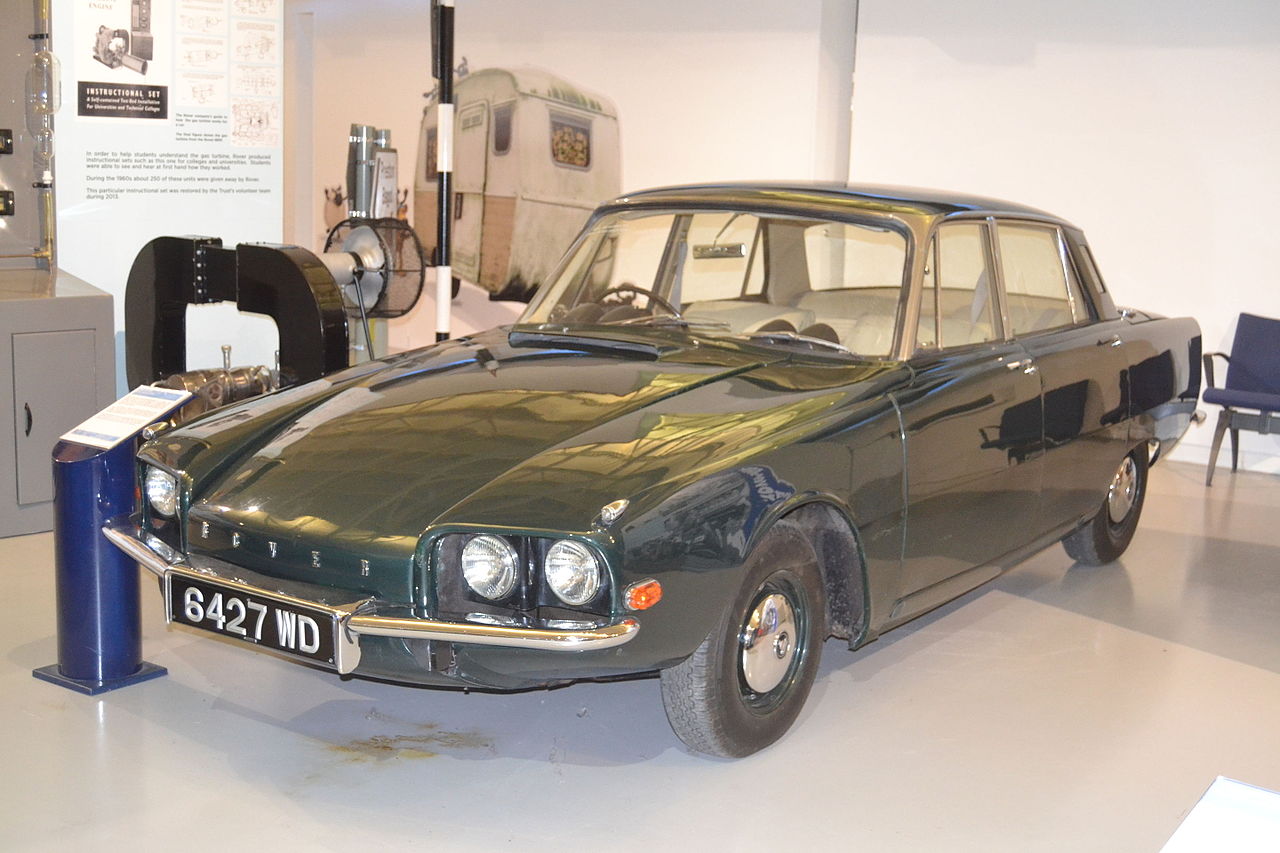
The rear suspension used a derivative of the De Dion tube system, but with the added ability to rotate and telescope, thus removing the need for sliding splines on the driveshafts. It also, in conjunction with the front suspension, gave the Rover P6 a class-leading ride. In fact, even today the P6 is considered a smooth, calm and comfortable place to be. And that’s a general thought, not one ‘for an old car’.
Over years, the P6 was available with a selection of engines. There was the 2.0, the 2.2 and of course, the might 3.5 V8. The latter is the one to have, especially in S trim, meaning it will be fitted with a four-speed manual gearbox.
What are prices like?
The Rover P6 is something of a pricing enigma. With most cars, you can see pricing trends, be they positive or negative. Happily, the overall correlation of the results you can see here is of a positive nature – prices are going up. In 2008, the most expensive P6 on Car & Classic was just under £5,000. In 2018, it was over £25,000.
There is one pleasing constant though, and that comes in the form of there always being cheap P6s to be had. The value of P6 is very much the product of its condition, unlike other cars where the value is perhaps dictated by rarity. The P6 is not a rare car, even by today’s standard. As such, there are always plenty about to buy.
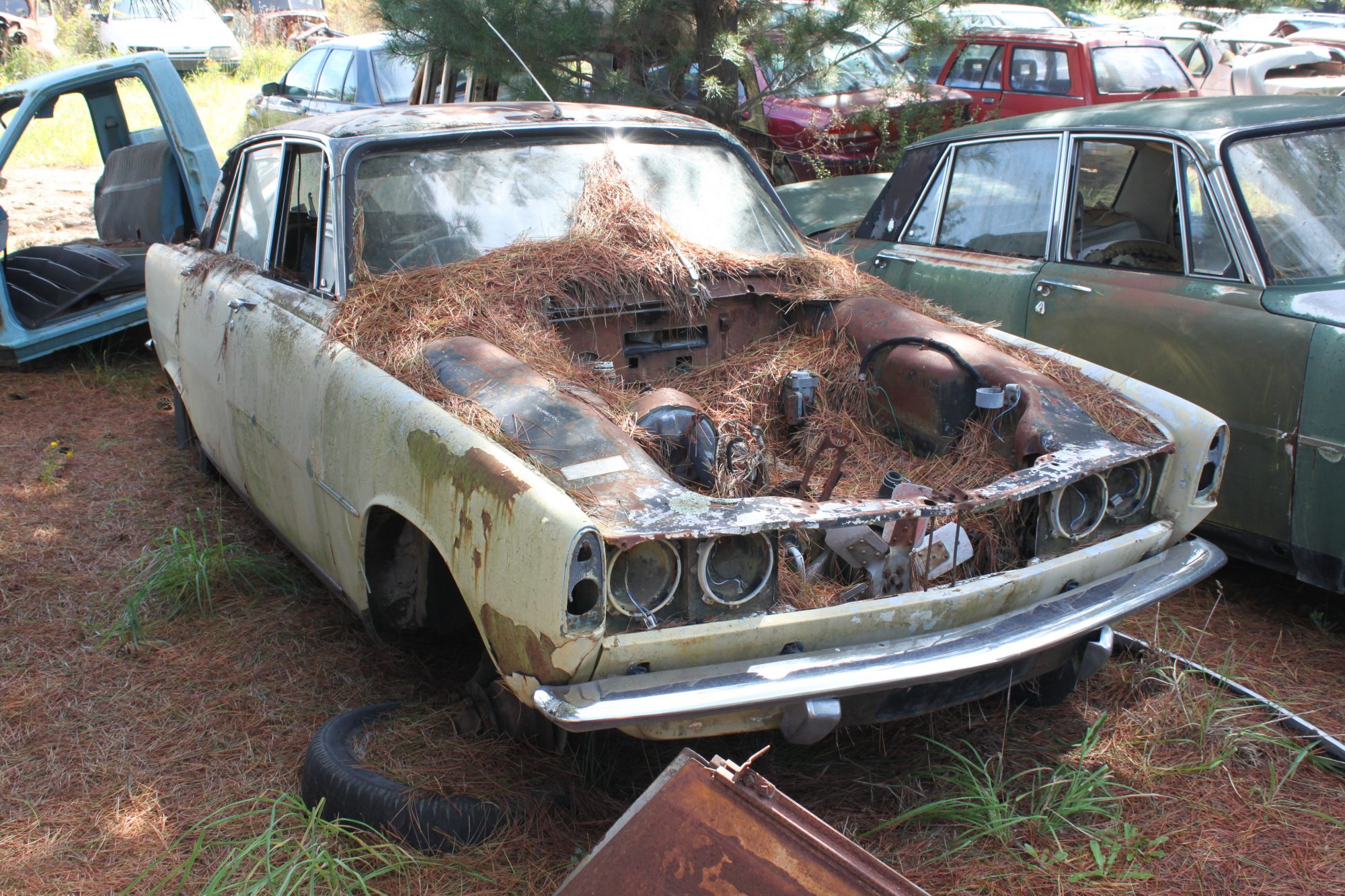
Anything under £2 – 2,500 is going to be a project, and will almost certainly be a 2.0 or 2.2. £3,500 should get you into a presentable V8. Spend around £4,000 and you’ll get a nice 2.0 or 2.2, spend about £5,000 and you’ll get a decent automatic V8 model. It’s these cars, the £4,000 and up, that you want to be shooting for. They’ll be running, they’ll be in average to good condition, and most importantly of all, they’ll be on the road.
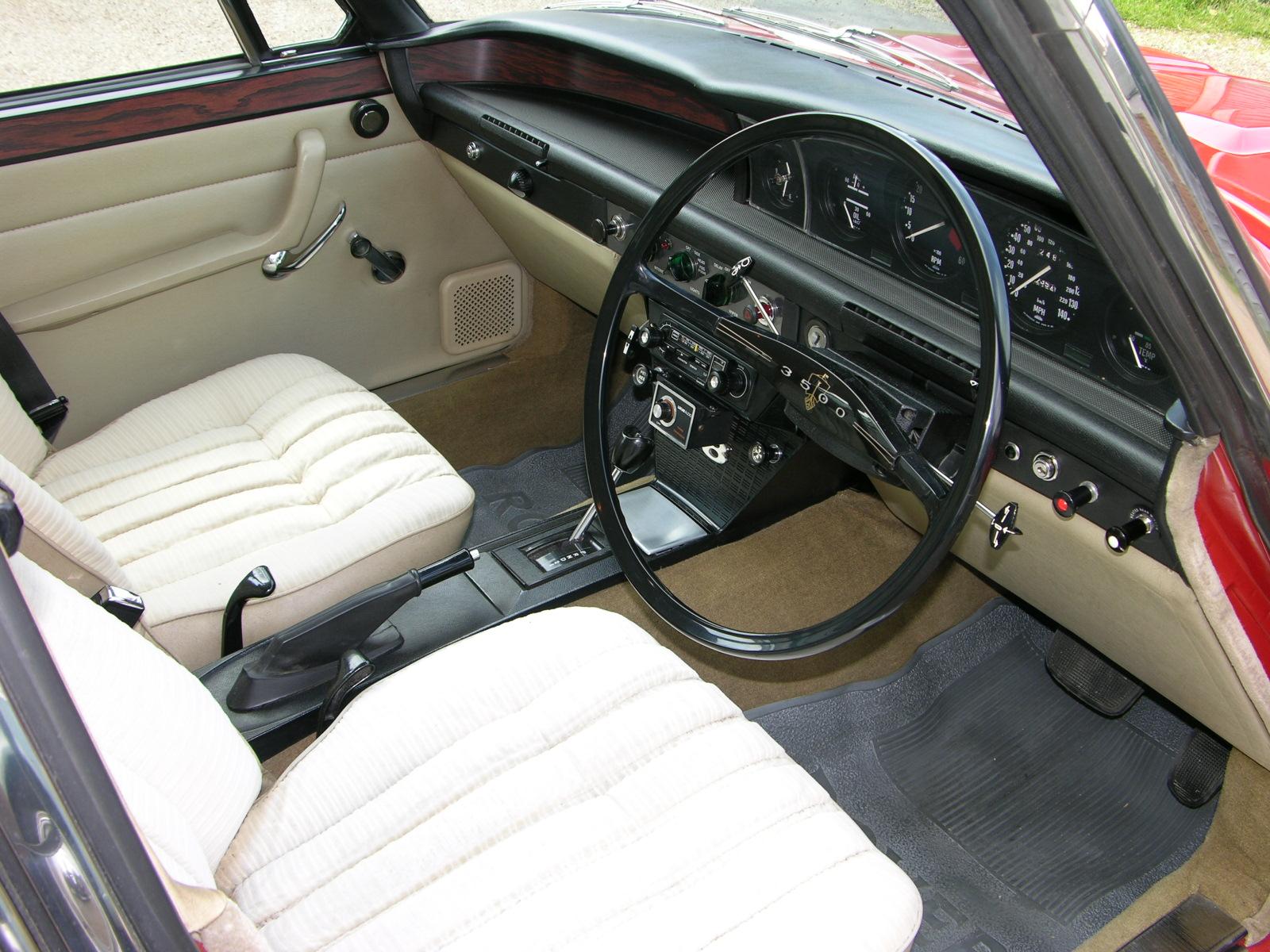
Only ever buy a project if you know you have the time, means and enthusiasm to complete it. The classifieds are awash with ‘project’ cars because the owners have run out of time or money. If you’re looking at a P6 with a view to it being an investment, but a runner that you can use – that use will keep your enthusiasm topped up, and that’s important.
Why should I buy one?
The Rover P6 has a fantastic, involved and deeply knowledgeable following. If you ever need information, or parts, or even a hand in working on it, you’ll never be more than call or a few clicks away. The club activities will ensure you get the most out of P6 ownership, and through it you’ll increase your P6 knowledge. Never a bad thing.
It’s also a wonderfully practical car. The boot could devour a small island without too much trouble, you can fit four adults in the cabin with ease, and despite it being an old car, it’s still light and pleasant to drive. The auto gearboxes are smooth, the manual ones were fitted with full synchromesh, the steering is light, and visibility is excellent. This is a classic you can drive without compromise.
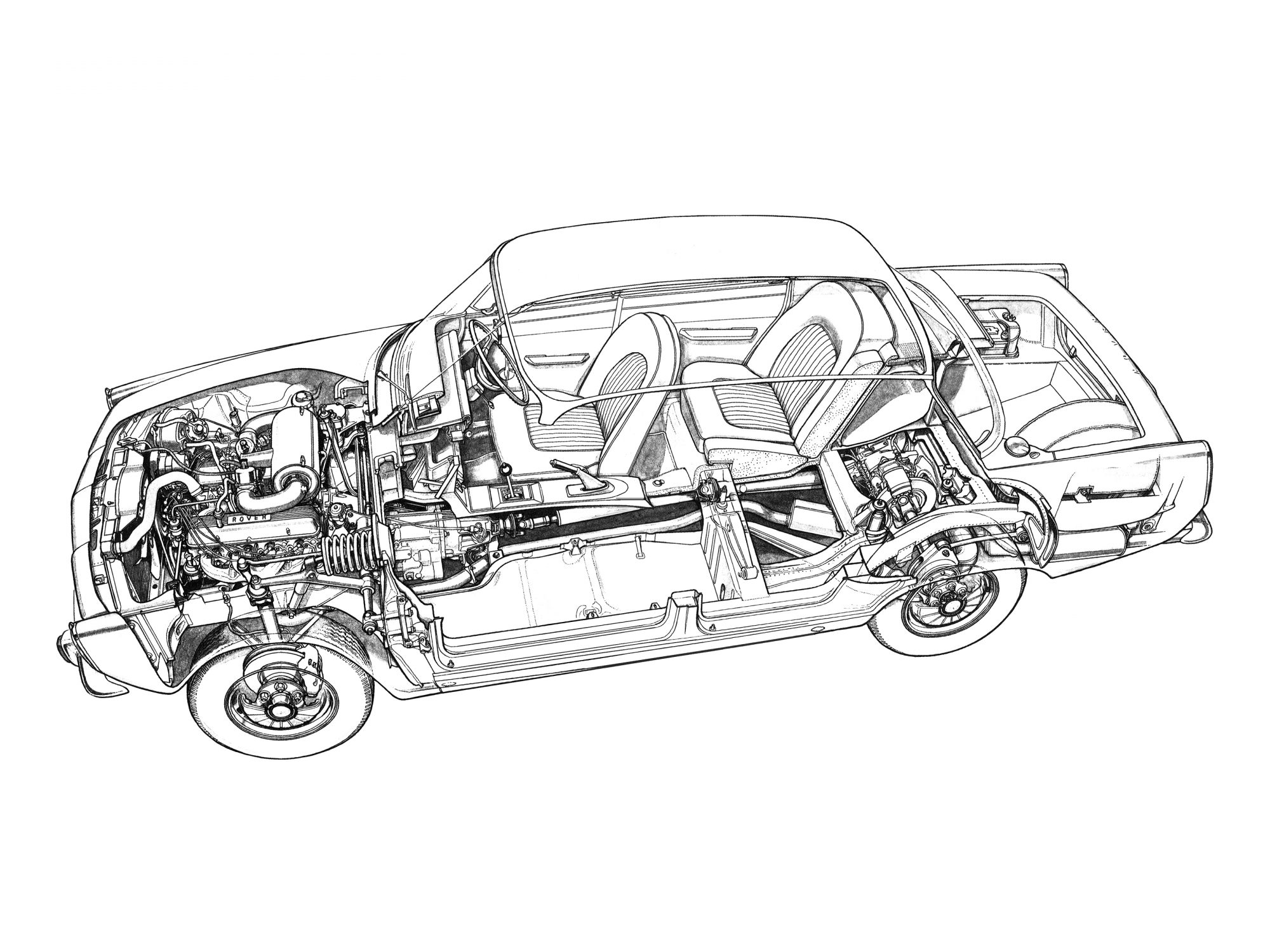
Finally, the P6 is easy to work on and consequently, improve upon. While neglected cars are prone to rot, the good news is that the P6’s construction isn’t overly complicated. Plus, there is a wealth of repair panels out there to aid you or your designated body-shop on the your restoration journey.
How long will it take to see a return?
This is where the P6 is unusual. When you normally look at a car as an investment, you have to wait for shifts in the market. That’s not the case here – the market has been there for the P6 for a long time, and it’s not going away.

Looking at the data we’ve grabbed, the baseline prices have remained largely the same, with projects or cars needing full restoration for as little as £500. However, it’s the top-end of the market that has evolved. It seems as time goes on there is more of a thirst for finished, brilliant-condition cars. So logically, it would be wise to buy an average car and then lift into that threshold.
To answer the question then, you can see a return just as soon as you start putting some elbow grease into bringing the condition up.
If you’re searching for more smiles per mile, here’s where you can find a Rover P6 for sale.

